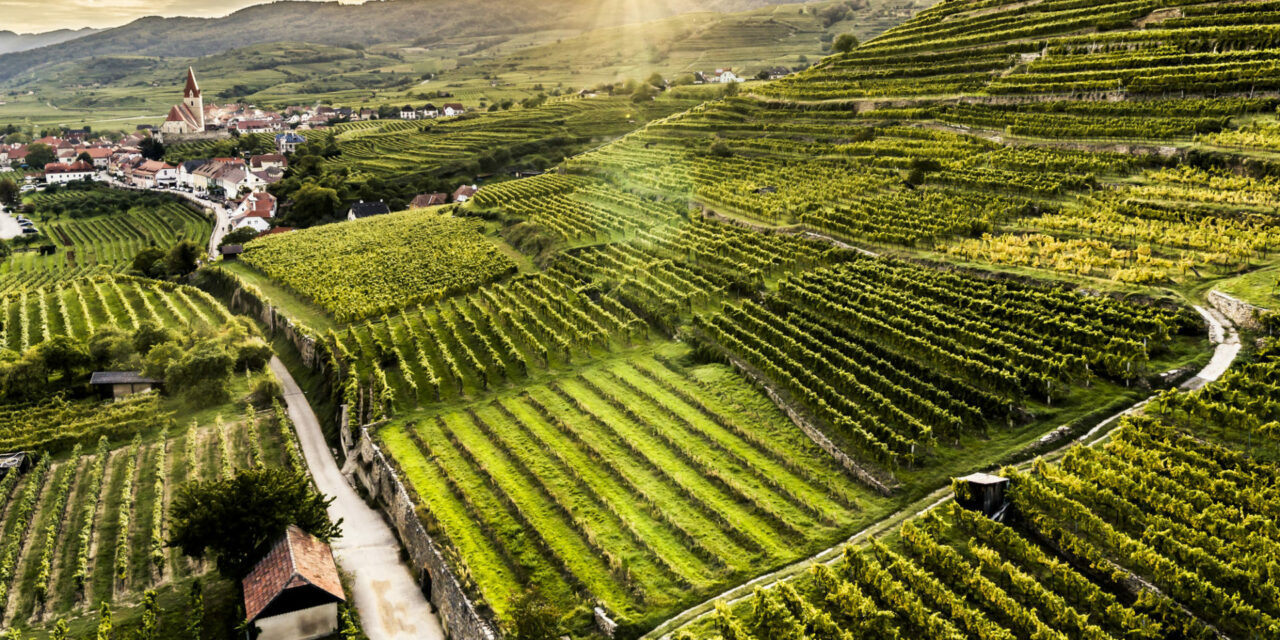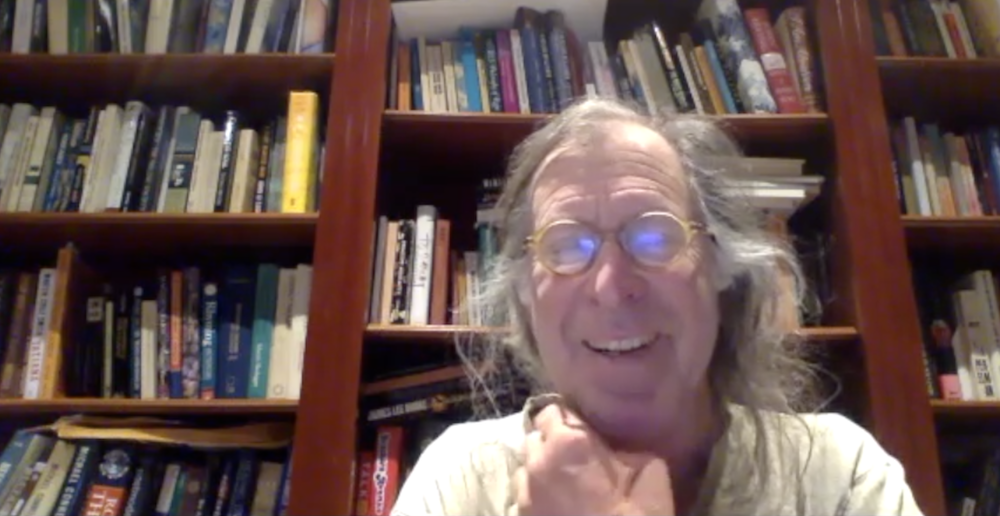As I missed out on going to VieVinum in Vienna this year, sending GFR’s Dick Snyder in my stead, I thought I would revisit my time in Austria by publishing a short insight into the beautiful Wachau valley.
There are few regions that can boast a history as alluring and impressive as the Wachau. The production of wine can be traced back to Roman settlers, but its first mention was noted in a Carolingian document dating back to 823 AD. Rich in tradition but small in scale, the Wachau is a gorge of only 33 km in length situated on the Danube river between the towns of Krems and Melk. In 2000, it was listed as a UNESCO world heritage site, and there is a damn good reason for that.
Over millions of years the mighty Danube has carved its way through the region’s “Gföhl” gneiss, a metamorphic rock rich in migmatitic granite gneiss, quartz, felspar, and mica. Grüner Veltliner and Riesling dominate the 1,350 ha under vine, with the superlative Riesling sites being found on the many steep terraces of weathered primary granitic soils. The best Grüner Veltliner vineyards are predominantly situated on the east-facing hillsides where centuries of wind-blown silt have formed the layers of loess so crucial to exceptional Grüner.
The wines of the region exhibit extraordinary concentration, due in no small part to the warm Pannonian climate stretching up the Danube from the east. Despite often reaching 15% alcohol plus, the Wachau’s wines can achieve astounding balance thanks to the nocturnal cooling influence of the northern air flowing in through the forests situated above the hillside vineyards.
The region presents an interesting case study for the climatologist, but it is also a story layered with fascinating details of medieval Austrian aristocracy. In 1983 a small group of conscientious Wachau producers took it upon themselves to establish a unique codex for the region, entitled the Vinea Wachau or Vinea Wachau Nobilis Districtus. The name dates back to Leothold I von Kuenring (1243 -1313), known as “Austria’s Supreme Innkeeper”, who presided over much of the wine-growing areas which make up the Wachau today.
Over 200 wineries now participate in the Codex Wachau through their commitment to its six pillars: A steadfastly strict principal of origin, no enrichment (through chaptalization or rectified grape/must concentrate), no concentration (through processes such as reverse osmosis, vacuum evaporation or cryoextraction), no aroma additives (including barrique, tannin powder or oak chips), no fractioning or separation (AKA spinning cone technology), and a firm adherence to the philosophy of nature over manipulation.
In addition to compliance with the aforementioned tenets, wines are classified into one of three unique designations or weight classes dependant upon their natural alcohol content by volume: “Steinfeder” (named after the tall feather-like grass Stipa Pennata found throughout the region), “Federspeil” (a reference to the noble hunting sport of falconry which was practiced throughout the Wachau), or “Smaragd” (meaning emerald, but also a reference to the tiny emerald coloured lizards who make their homes amongst the terraces of the very best vineyard sites… and if one does have the luck to see one of the little fellows, count yourself blessed, as they are extraordinarily beautiful.
Some think of this system of classification as being similar to the German, with Steinfeder equaling a Qualitätswein, Federspiel a Kabinett, and Smaragd an Auslese. This is most misleading seeing as the Austrian wines must by law be fermented to dryness, hence vary throughout the classifications in body and alcohol, unlike their German counterparts which for the most part vary by sweetness.
The Wachau undoubtedly produces some of the finest white wines in the world, but in order to truly understand this region one has to visit the vineyards, wineries, and the people. Only through doing this can one gain an understanding of the unique climate, soils, history, culture, and hospitality that is unquestionably Wachau.
Some pertinent details about the Wachau:
Vineyard Area: 1,350 ha
Principal Grape Varietals: Grüner Veltliner, Riesling
Important Grape Growing Subregions: Spitz, Arnsdorf, Wösendorf, Joching, Weissenkirchenn Dürnstein, Loiben, Rossatz, Mautern
Codex Wachau Classifications:
Steinfeder: Aromatic, light-bodied wines up to 11.5% alcohol by volume
Federspeil: 11.5% – 12.5% alcohol by volume
Smaragd: Late harvest, rich and powerful, dry wines with alcohol above 12.5% by volume
Jamie’s Wachau Producers of Note:
Hirtzberger (Riesling “Singerriedel Smaragd”)
Nikolaihof (Riesling “Vom Stein Smaragd”)
Rudi Pichler (Grüner Veltliner “Hochrain Smaragd”)
Veyder-Malberg (Grüner Veltliner “Weitenberg Smaragd”)
Weingut Prager (Riesling “Achleiten Smaragd”)







